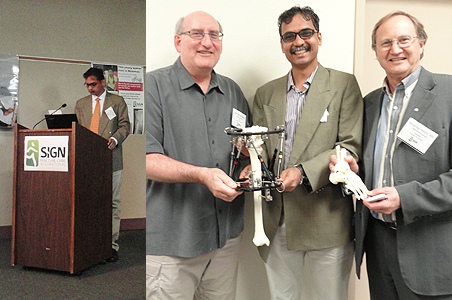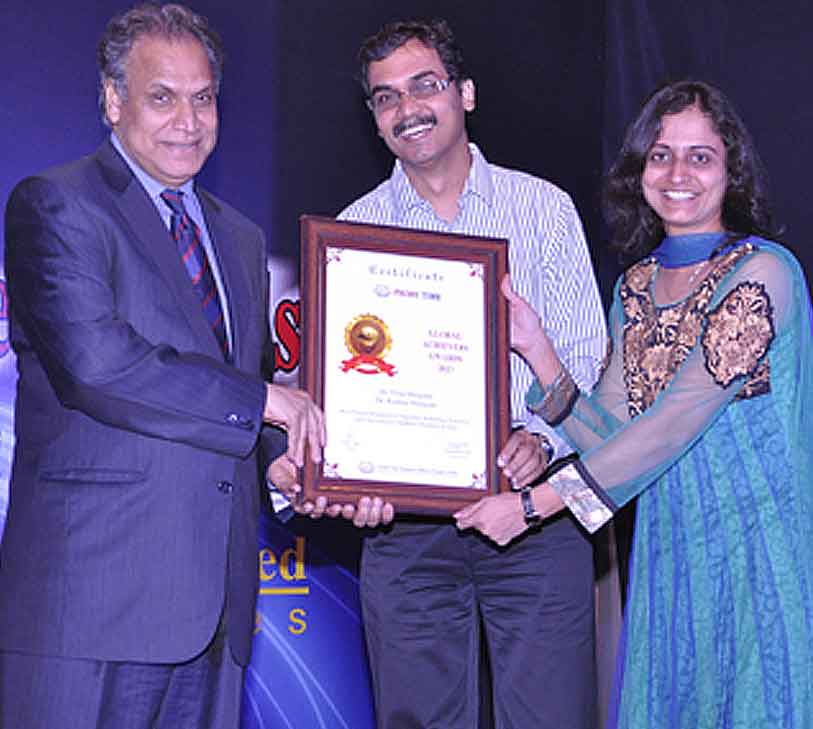What is Radio Ulnar Synostosis
It is a congenital anamoly in which radius and ulna (Forearm Bones) are fused proximally due to failure of differentiation durig gestational period.
In India & most of Asian Countries still we use hand in supinated position for eating food & other daily routine work.
But in Radio-Ulnar Synostosis because these two bones are fused with each other a patient is not able to do the supination. As a result a patient is not able to take food to mouth properly. Can’t hold plate, can’t take Prasad or other small objects in supinated position & even not able to clean genital areas. Because of these difficulties in day to day life patients gets inferiority complex, lose confidence, avoid to go to functions & become lonely and which ultimately influences mental, physical & social health of patients.
Symptoms
Radio-ulnar synostosis can be mild to severe. Signs and symptoms of the child’s condition can range from a minor to a major limitation, inability to rotate arm from a pronated (palms down) position to a supinated (palms up) position. The child may also carry elbow at an abnormal angle or have a shortened forearm.
How common is radio-ulnar synostosis?
The exact incidence of this condition is unknown. Boys and girls are equally affected, and about 60 percent of patients have the condition in both arms.
Does radioulnar synostosis causes pain?
No, radioulnar synostosis isn’t usually painful for a baby. But if left untreated or undiagnosed, teens may begin experiencing pain if the top of the radius (radial head) becomes dislocated.
How is radio-ulnar synostosis diagnosed?
Your child’s doctor will do a thorough medical history and careful physical examination. X-rays and/or CT scans may be used to confirm the diagnosis.
In more serious cases, forearm rotation is much more limited and obvious, so the diagnosis can be made at an earlier age.

